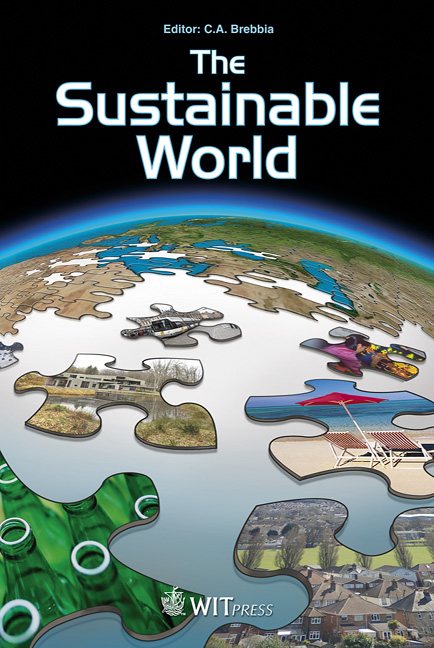The Use Of The City In Space And Time As A New Social Approach For Prioritising Transport Corridors In The Metropolitan Area Of Barcelona (Spain)
Price
Free (open access)
Transaction
Volume
142
Pages
10
Page Range
459 - 468
Published
2010
Size
5,049 kb
Paper DOI
10.2495/SW100421
Copyright
WIT Press
Author(s)
J. Cerda & C. Marmolejo
Abstract
The traditional evaluation of transport projects principally considers the benefits produced by the reduction in journey time of the travellers, but a specific reduction is not the same for a one-hour trip as for one of 20 minutes, or for a work-related journey as for a shopping-related journey. The purpose of this investigation is to construct a Pattern of Social Behaviour in the use of the city (in space and time), and specifically the travel time patterns, to use them to prioritise different transport corridors, in the Metropolitan Area of Barcelona, under a social equity approach, in journey time. The study applies a trip chain analysis (similar to activity-based models) over the travel survey of the metropolitan area of Barcelona (2001). The results are analysed in a probabilistic dimension of Hagerstrand’s time-geography approach. The result is a new indicator of access, called functional probability, which derives from how people move in the city. This \“willingness to spend time on travel” was used to identify outliers travel time, as a social equity factor, in the use of the city. The threshold of 10% of the greater travel time was used to identify inequitable travel (with different purposes and social class of travellers). Finally, the assignment of these inequity trips shows transport corridors with different spatial specialisation. The main conclusion of the research is that taking a social view of travellers, with regard to their different purposes and social class, in the form of how they use the city in terms of space and time, is a more realistic criterion to prioritise different transport corridors, by carrying out the analysis of who makes use of them, for what reason, and for how long. Keywords: social use of the city, prioritising transport corridors.
Keywords
social use of the city, prioritising transport corridors





